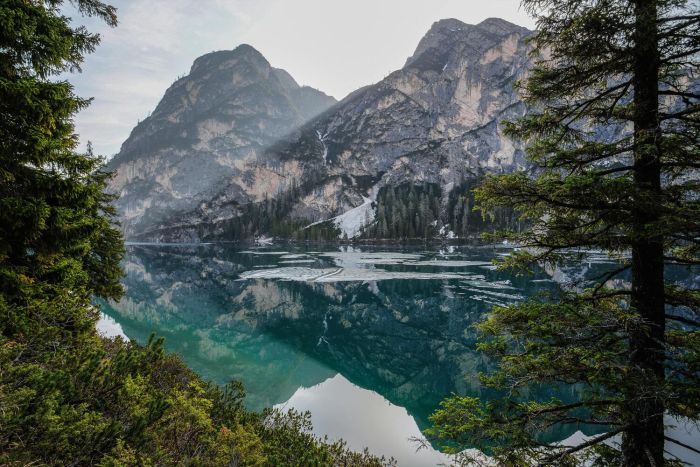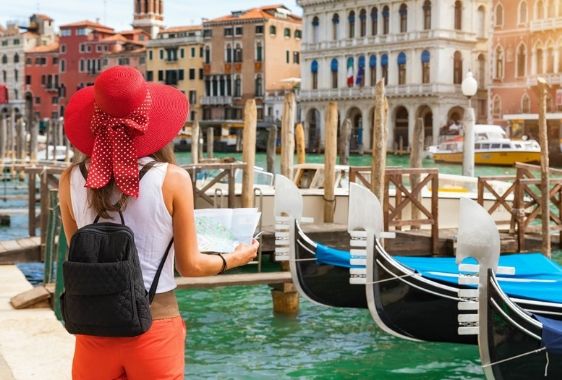During the Middle Ages, the city of Rome was abandoned due to the transfer of the papal court to Avignon, in France. The absence of the Pope caused a severe economic crisis that forced the population to abandon the city. Reduced to poverty, Rome became a mass of ruins where herds of sheep and cattle grazed.
But, after the year 1418, the year when Pope Martin V re-established the Papal see in Rome, the city began to be born again. And by the end of the 15th Century it was again a great capital.
Ordered by Pope Sixtus IV, from which it takes its name, the Sistine Chapel is the most emblematic example of papal patronage during the Renaissance. Initially, it was decorated with extraordinary frescoes that still run along the walls of the chapel, boasting such famous artists as Botticelli, Perugino and Ghirlandaio.
But, its fame comes from the frescoes added later to the ceiling by Michelangelo. No Renaissance tour, or even a visit to Rome for the first time visitor would be complete without viewing the most treasured work of art in the world. Enjoy a full explanation and interpretation of this work on our Small Group Vatican Tour.
Another great Renaissance artist lingers in the Vatican, no other than Raphael, who decorated a series of rooms in the Vatican, while Michelangelo painted the Sistine chapel. St. Peter's adjacent to the Vatican museum is a fine example of Renaissance architecture, the dome by Michelangelo and the sheer magnitude of church itself from the designs of Bramante, executed by Michelangelo.
Further examples of the patronage of Pope Sixtus IV can be found at the Church of Santa Maria della Pace. Inside are frescoes by Peruzzi and Raphael. To plunge completely into the Renaissance atmosphere, it is sufficient to lose yourself amongst the alleys of the Parione Quarter of Rome where the facades of the buildings give great pleasure, often compounded by the amazement over the unexpected discovery of a hidden courtyard.
Just off Via Guilia, one of the most important streets during Renaissance times, you'll find the Piazza Farnese, laid out like a giant drawing room is named after the Palazzo Farnese that dominates the square. Built by Sangallo, Michelangelo did the central window, cornice and the third floor of court.
Via Giulia itself was opened by Pope Julius II following a plan by Bramante, the close friend of Rafael and arguably one of the most influential of Rome's architects. Many of his works greatly influenced the young Palladio when he made his first visit to Rome.
The Villa Chigi, known as the La Farnesina, is an architectural masterpiece by Baldassare Peruuzi. This suburban home built in the 16th Century for the rich Sienese banker Agostino Chigi features frescoes by Peruzzi and Raphael. Along with the art and architecture, the Renaissance was also a time when the Romans started again to build lavish gardens.







